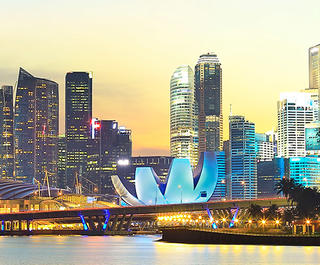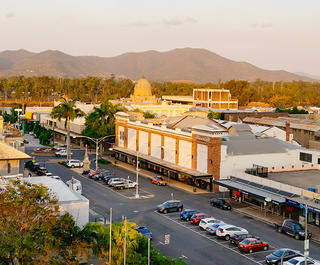
If you’re planning a trip to Asia, knowing what weather you’ll encounter will help you decide what activities to do and what to pack. From four seasons and snow in East Asia to the just beachy conditions of Southeast Asia and the major holidays to know before you go, here’s how to pick the perfect time for your Asia break.
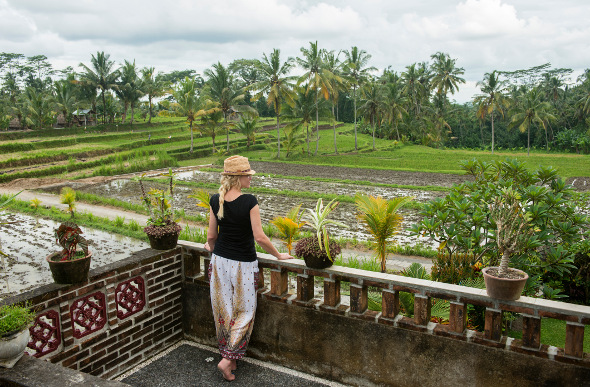 Bali ricefields. (Image: Getty)
Bali ricefields. (Image: Getty)
Indonesia
Indonesia experiences just two seasons: wet and dry. The dry season (July to October) is considered the best time to visit, although prices will rise during July when Australia has school holidays and Aussies are looking to escape the winter weather. While it falls in the wet season, April is a great month to holiday in Indonesia with lower rainfall and milder temperatures of between 24 to 34 degrees Celsius on average.
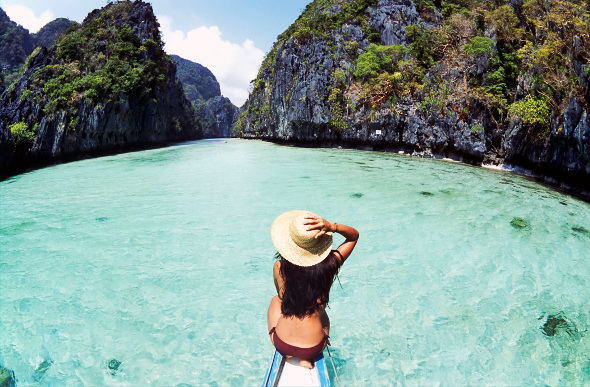 Paddle out in the Palawan province. (Image: Getty)
Paddle out in the Palawan province. (Image: Getty)
Philippines
Another country with a wet and dry season annually, the Philippines archipelago has fairly consistent temperatures all year round, although its proximity to the equator can mean some unpredictable wild weather in the form of typhoons – typically during June to November. January to May offers the best weather conditions in the Philippines, but also coincides with high tourist numbers. Avoid travelling during the busy Holy Week (Easter) period.
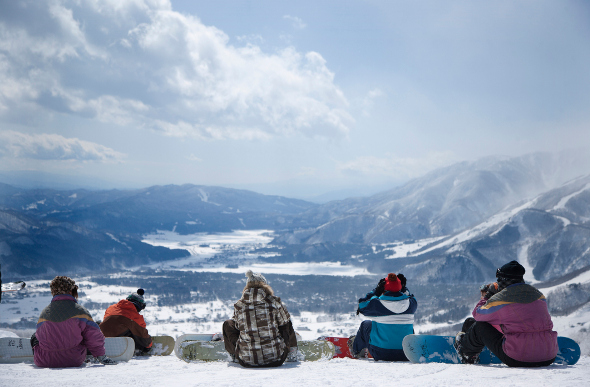 Hit the powder in Hakuba Valley. (Image: Getty)
Hit the powder in Hakuba Valley. (Image: Getty)
Japan
A perfect country to experience the varying scenery of the four seasons, the possibility of viewing sakura or cherry blossoms in late March to early May makes spring one of the most popular times to visit Japan. Autumn (September to November) is another great time to holiday here before the winter sets in. If skiing is your thing, experience soft, abundant powder in the ski resort areas – it’s less busy on the slopes in January.
More seasonal Asian inspiration:
Floral finds. Seeking Sakura: The Search For Japan's Cherry Blossoms
The year-round hues of the Indian Subcontinent. India In Colour
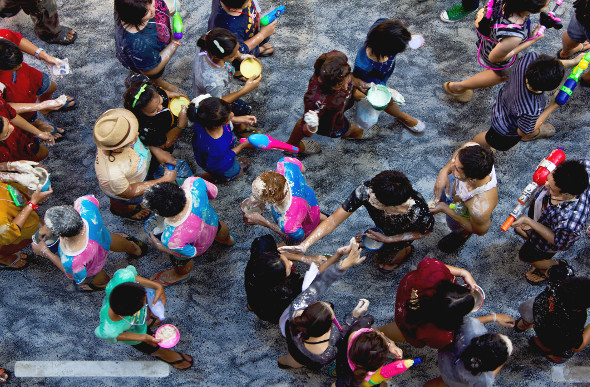 Splash out at Songkran Thai New Year in Bangkok. (Image: Getty)
Splash out at Songkran Thai New Year in Bangkok. (Image: Getty)
Thailand
While the dry or cool season (November to February) is considered to be the optimal time for a Thailand holiday, don’t discount the hot or wet seasons as you can obtain lower hotel rates and experience some great weather for outdoor pursuits too. March to June is when temperatures reach their peak with the accompanying humidity as well. Visit during Songkran, the Thai New Year in April, to cool off during the water-based festival.
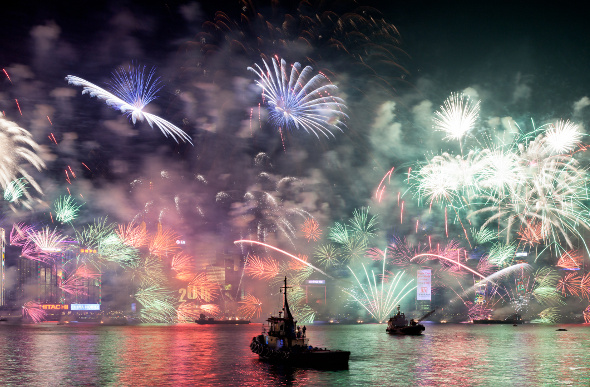 Victoria Harbour lights up for Chinese New Year. (Image: Getty)
Victoria Harbour lights up for Chinese New Year. (Image: Getty)
Hong Kong
Located in a subtropical region, Hong Kong is an ideal year-round destination with four seasons, although typhoons are common in September and thunderstorms from May to November. Consider the shoulder season of autumn (October and November) as these months are characterised by dry, cool conditions with plenty of sunshine, making it easy to take to the streets and venture away from Hong Kong Island. Don’t miss Chinese New Year in January or February.
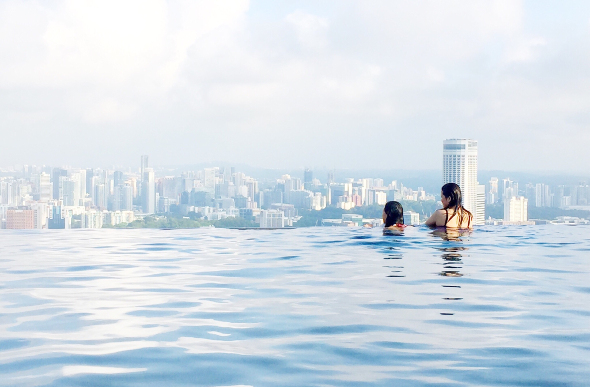 Survey the Singapore cityscape from the Marina Bay Sands. (Image: Getty)
Survey the Singapore cityscape from the Marina Bay Sands. (Image: Getty)
Singapore
With uniformly warm and humid weather all year round, with variations for the wet and dry seasons, the mercury rarely dips below 20 degrees Celsius in Singapore with an average high of 30 degrees during the day. June to August is considered to be the time to visit and is also when the shopping and food festivals are on. Even if you visit during the wet season between September to February, there’s plenty of indoor attractions to keep you busy.
 Sunset over a beach in Malaysia. (Image: Getty)
Sunset over a beach in Malaysia. (Image: Getty)
Malaysia
Like neighbouring Singapore, Malaysia has two distinct seasons: wet and dry, but split across two areas. While the west coast experiences monsoonal weather conditions in May to October, the east coast is at its best with long, hot and dry days. Conversely, when the dry season makes the west coast ideal for beach holidays, the east coast will have sudden downpours in the afternoon. June and July are the busiest months in terms of tourist numbers.
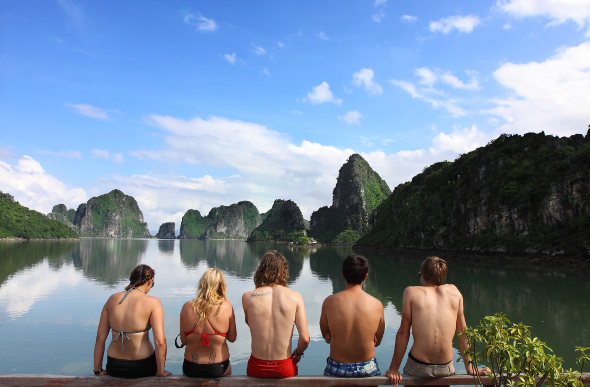 Enjoy the serenity of Halong Bay, Vietnam. (Image: Getty)
Enjoy the serenity of Halong Bay, Vietnam. (Image: Getty)
Vietnam
With four seasons in the north of the country and more humid conditions in the south, plus a monsoon season in the central regions, there’s a lot to consider when planning a holiday to Vietnam. While any time is fine to visit, the dry season is considered ideal, especially if you wish to visit Ho Chi Minh City or do a Mekong cruise. For Hanoi in the north, March and April bring pleasant spring conditions and you’ll avoid any summer monsoonal activity.
Visit your local Flight Centre store or call 131 600 for more advice and the latest deals on travelling to Asia.
For flight deals to Asia click here


